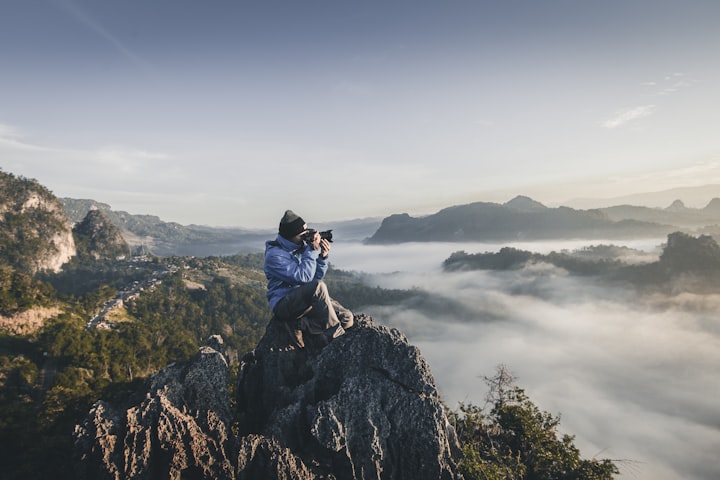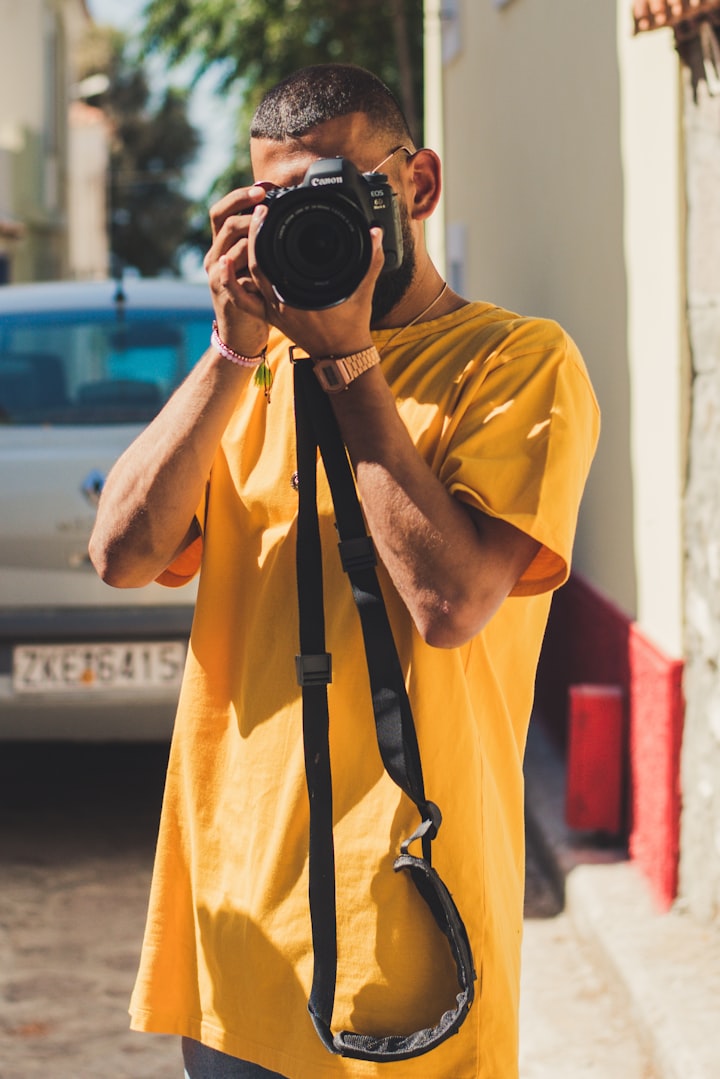Learning about exposure part 2: Shutter Angle/Shutter Speed.
What does shutter angle/Speed do?

This article would be the final part of learning about exposure. You can check out part 1 here.
What is shutter angle/speed? Well, Shutter angle is used in filmmaking, and shutter speed is used in photography, but with the prevalent use of HDSLR cameras for video work, you are stuck using shutter speed on most HDSLR for now.
What does it do? Like Ftsop and Iso, Shutter Angle/Speed lets more light hit the sensor, or less light hit the sensor. It makes your image darker or brighter, but at what cost? At the cost of motion blur.
What is motion blur? Our good friend Wikipedia says: "Motion blur is the apparent streaking of moving objects in a photograph or a sequence of frames, such as a film or animation. It results when the image being recorded changes during the recording of a single exposure, due to rapid movement or long exposure."
Motion blur is one of those things that you use when you want to go for a particular type of feeling or look. You usually don't mess with it. For video work on HDSLR, your shutter speed should be doubled or close to double the frame rate you are using. If you are using 24 frames per second, then the shutter speed should be at 1/50. If you are using 60fps, then y our shutter speed should be at 1/120. This setting will give you what is considered an average amount of motion blur.
Shutter angle is based on degrees, and a normal shutter angle would be 180 degrees. It's half a circle, and there is a reason for that. I will link the wiki page for more info on it: Rotary Disc Shutter.
A few years ago, when saving private Ryan came out, two things stood out.
#1 Was the bleach bypass that gave it its original and distinct look.
#2 The DP shot it with a 45-degree shutter angle.
But what happens when you shoot with a higher degree angle or a slower shutter speed? You get motion blur, and every movement starts creating a streak since more light is entering the sensor. Think of it as a drunk effect. In my opinion, this softens the image. Unless you have a creative reason why you want to change the shutter speed or angle, please don't touch it.
Knowing what each of ISO, Fstop, and Shutter Angle/Speed do is half the battle. It lets you know what tools you have at your disposal to get the best exposure possible. You can mix and match to get different results or as close as possible to what you are looking for in a picture or scene.
In a film set, you will usually find the camera at 800 ISO, the shutter angle at 180 or maybe 172 to reduce light flicker in some instances, and the only variable would be the lens speed at 2.8 or 5.6. This is why lighting is essential and why there's a cinematography category at the Oscars. This is what you are going for as a cinematographer or photographer.
When we are starting out in the world of filmmaking as a one-person crew, we will modify the ISO, Fstop, and Shutter Angle to get the correct or best exposure, and it's ok. Just remember that in a more professional setting, that is not the norm. Challenge yourself when possible to create lighting setups based on the recommended settings. Challenging myself has been a blast.
My last piece of advice would be to buy a light meter. I currently use the Sekonic L-308X-U that is better suited for video work. Purchasing a light meter has been the best investment I have made to further my DP career. When you start playing with lighting ratios, and your brain starts working on lighting a scene with ambient light like a restaurant, it starts to get very interesting and fun.
Going on location scouts and taking the light meter with you is a lifesaver. You actually get to meter the ambient light, and before the shooting day, you already know how to light, what lights to use, and how many lights you will need.
A clear example of this was when I had to shoot a family picture at a restaurant with the whole restaurant as a background. I needed for the practicals to be visible and everything to be exposed as best as it could. I ended up reading the ambient light, which was F2.0, and I got my flash strobe to read at F2.8, so it was just one stop above. I exposed it for 2.8, and the photograph turned out natural-looking.
It gets enjoyable after a while, but the best advice is practice, practice, practice.
If you have any questions, feel free to reach out to me on my Instagram: adrian_a_pedrin
About the Creator
Adrian A. Pedrin V.
B Movie Film Director | Writer | Geek | Avid video game player | lover of pizza and Science Fiction | Currently Filming a Docu Series about the food of Baja California.






Comments
There are no comments for this story
Be the first to respond and start the conversation.